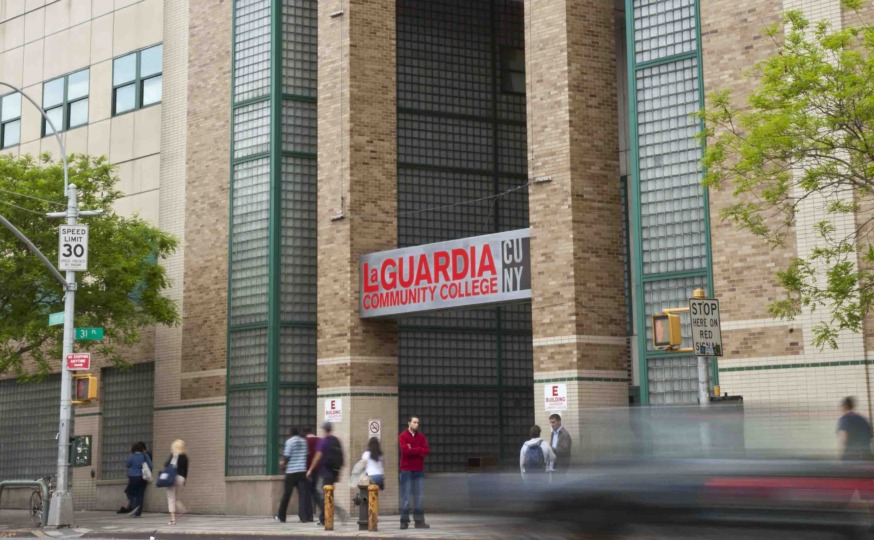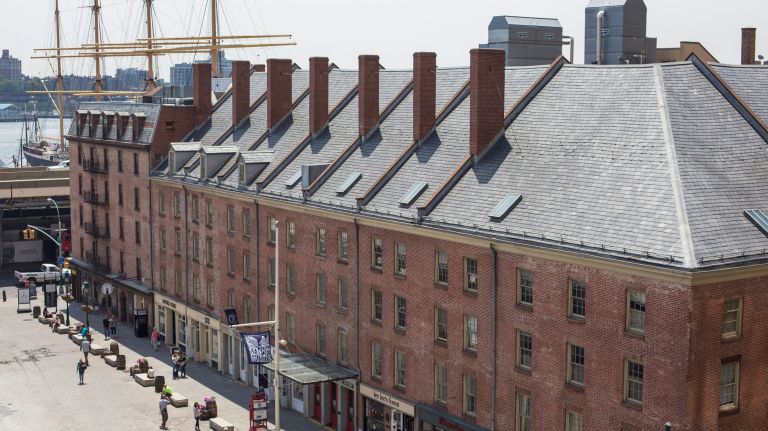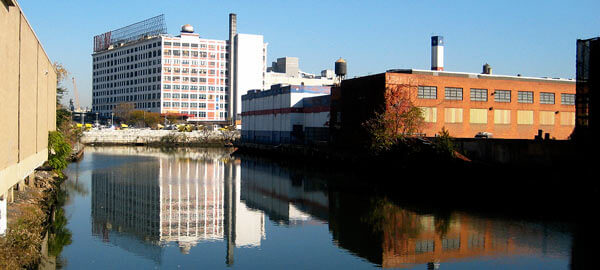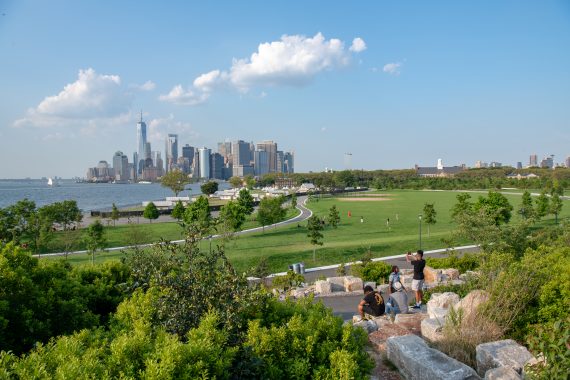
LaGuardia Community College received a grant from the National Endowment for the Humanities to support the exploration of maritime histories of New York City. (Courtesy of LaGuardia Community College)
Aug. 28, 2023 By Bill Parry
LaGuardia Community College recently received a $189,986 grant from the National Endowment for the Humanities to support an interdisciplinary project led by two of its professors. The project titled, “New York as Port City,” focuses on the history of maritime and migration in New York City. More than 40 higher-education faculty and humanities professionals will be invited to participate in an experiential learning case study.
The project, led by Dr. Karen Miller, professor of history, and Dr. Christopher Schmidt, professor of English, will include visits to South Street Seaport, the Lower Manhattan waterfront and Governor’s Island and two week-long workshops next summer.

The project will explore the Lower Manhattan Waterfront. (Courtesy of LaGuardia)

The project will include visits to South Street Seaport and Governors Island. (QNS file photo)
“The Port City workshops will conduct site visits to landmarks, including Manhattan’s historic port architectures, museums of maritime and migration history and shipping infrastructures,” Miller said. “Through readings and discussions, walking tours and four visiting scholar presentations, we will explore how the city’s waterfront has changed in response to shifting economic conditions and ecological crises. The city will serve as a learning lab as we explore the cultural shifts and ecological challenges that have transformed the original port into today’s vibrant and diverse global city.”
While the campus of LaGuardia Community College would appear to be landlocked it sits at the northern end of the Dutch Kills tributary of Newtown Creek that separates Queens from Brooklyn. Before it became one of the nation’s most polluted waterways, Newtown Creek was an integral piece of the national economy. In 1900, there was more commercial maritime traffic on Newtown Creek than on the entire Mississippi River.

LaGuardia’s Long Island City campus is situated at the northern end of the Dutch Kills tributary of Newtown Creek. (QNS file photo)
“While LaGuardia is the host institution for the grant, New York City will be our classroom,” Miller said. “Every day will involve exploration of the boroughs and New York Harbor, including historic port infrastructures in Manhattan and Brooklyn, as well as the active port of Newark, New Jersey. We will visit landmark sites that speak to the city’s origins and development through maritime trade and naval occupation.”
The project will also include tours to the harbor and to learn about efforts to remediate environmental pollution resulting from waterfront industry and maritime commerce. This will include visits to Portside in Brooklyn, a non-profit “living lab” devoted to “better urban waterways,” as well as the Billion Oysters Project on Governors Island, a major “green” remediation of New York’s polluted harbor.

Governors Island (QNS file photo)
“The topic is of clear relevance to maritime historians and scholars of New York Studies, but it will also appeal to teachers, researchers and humanities professionals in other fields,” Schmidt said. “Union organizers and labor historians will be eager to explore aspects of the city’s stevedore and longshoreman union and waterfront cultures. American Studies and Ethnic Studies scholars will find the discussions of migration, community and memory cultures relevant to their teaching. Museum professionals may join the workshop to learn about experiential learning and to expand their placed-based educational offerings.”
Schmidt said he worked with Miller recently on a different NEH Grant titled, “Border Lands, Border Waters,” which brought scholars of border studies to LaGuardia for presentations and workshops with other CUNY faculty. He said they wanted to extend these explorations by turning to our own local environment — the New York City harbor.
“We are very excited to be leading groups of educators, historians, and arts professionals on walking tours of the city’s shoreline and waterways,” Schmidt said. “With this new grant, we’ll be looking more closely at the history and culture of our city as told through its waterways. How did exploration, maritime trade and military occupation of the harbor create the city as we know it? Pressing issues of climate change and rising sea levels make this study urgent. We want to understand how the harbor’s history affects its present — and what clues that history can give us as we confront environmental challenges that confront our port city.”
As part of their research, the group will be considering the role of space and site, and they will also consider how experiential learning and spatial analysis can supplement text-based learning in classrooms and research areas.
“We will also consider the historical impact and political rise of the Port Authority of New York and New Jersey, which is proposing a $52 billion project of sea barriers and levees to guard the city from extreme weather events,” Miller said.
One Comment

I would like to obtain a printed copy of the Aug. 28 post..Is this possible and how do I go about doing so?